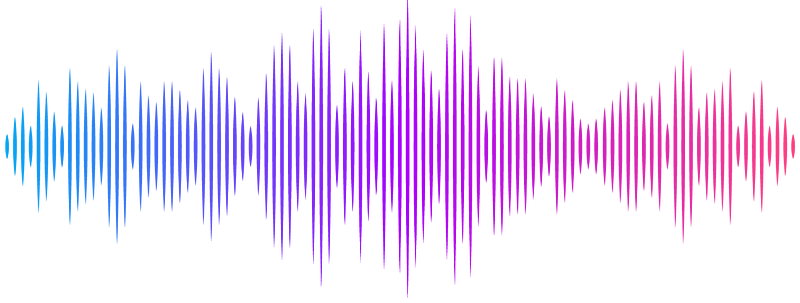Ultrasound-based prediction of spawning time in females of Octopus vulgaris

Ultrasound-based prediction of spawning time in females of Octopus vulgaris
Marquez, L.; Weterings, P.; Saber, S.; Felipe, B. C.; Maccuro, S.; Serrano, M.; Seuntjens, E.; Acosta-Cifuentes, F.; Gonzalez, M.; Almansa, E.
AbstractThere has been a great interest in common octopus Octopus vulgaris aquaculture over recent years and commercial production is coming within reach. In addition, O. vulgaris is a short-lived semelparous species with a long spawning period. Therefore, monitoring ovary maturation in cultured octopuses can be useful in the scheduling of hatchery operations and management of culture resources. The present work aimed to assess the ovary maturity status in cultured and wild common octopus by means of a noninvasive technique, ultrasonography, to anticipate the time of spawning in aquaculture. A total of 27 octopuses (15 cultured and 12 wild ones) in different ovarian maturation stages were used in ultrasonographic procedures. Ultrasound-based ovary volumes were compared with real ovarian volumes and then the ultrasonography-based gonadosomatic index (GSIU) was estimated. Data from cultured females indicate that GSIU was initially below 0.3 cm3 per 100 g of body weight in immature animals, and attained a fast increase until reaching about 4.0 cm3 per 100 g of body weight right before spawning. The steep increase in relative volume occurred similarly in females of different body weights. In addition, the specific growth rate of cultured animals decreases with time, and with GSIU. Lastly, a linear mixed model indicated a significantly negative and logarithmic relationship between the time to spawning and GSIU in captive females. That relationship will be useful to predict spawning time in immature and maturing females, helping in the management of octopus broodstocks in research and production facilities.